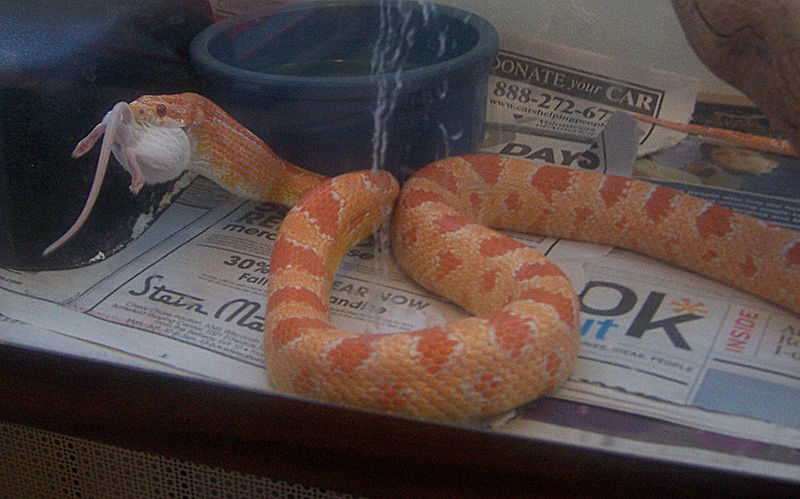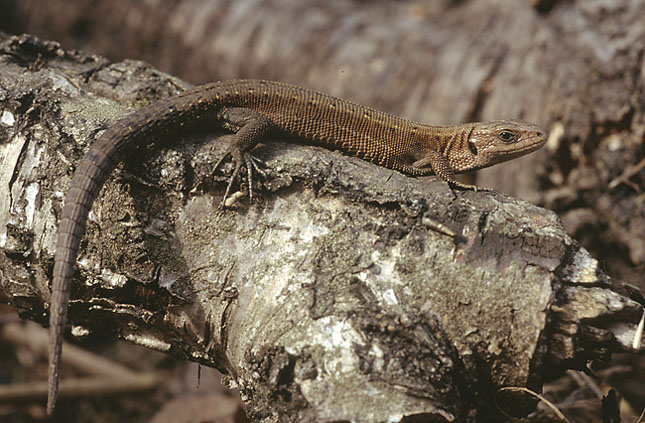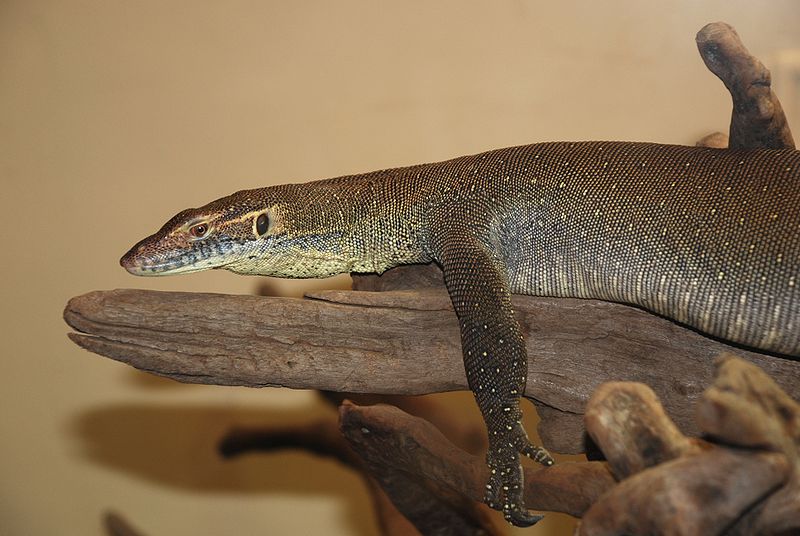
Two frog species recently discovered in southeastern New Guinea are smaller than any other 4-legged vertebrate. Within their pea-sized bodies, they pack a brain, lungs, heart, digestive system and most of the other organs that people have…simply astounding!
Tiny Frogs and Fish
The frogs, Paedophryne dekot and P. verrucosa, were collected several years ago, but were only described as new species this year (please see ZooKeys article). Among all the world’s vertebrates, only a single fish, a Southeast Asian relative of the carp (see amazing photo here) is smaller – and the new frogs exceed it in size by only 0.1 mm! Another contender for the title, a leaf-litter frog from Cuba (please see photo of striped frog), is only a tiny bit larger. Read More »
 That Reptile Blog – Reptile, Amphibian and Exotic Pet Care and Information
That Reptile Blog – Reptile, Amphibian and Exotic Pet Care and Information



